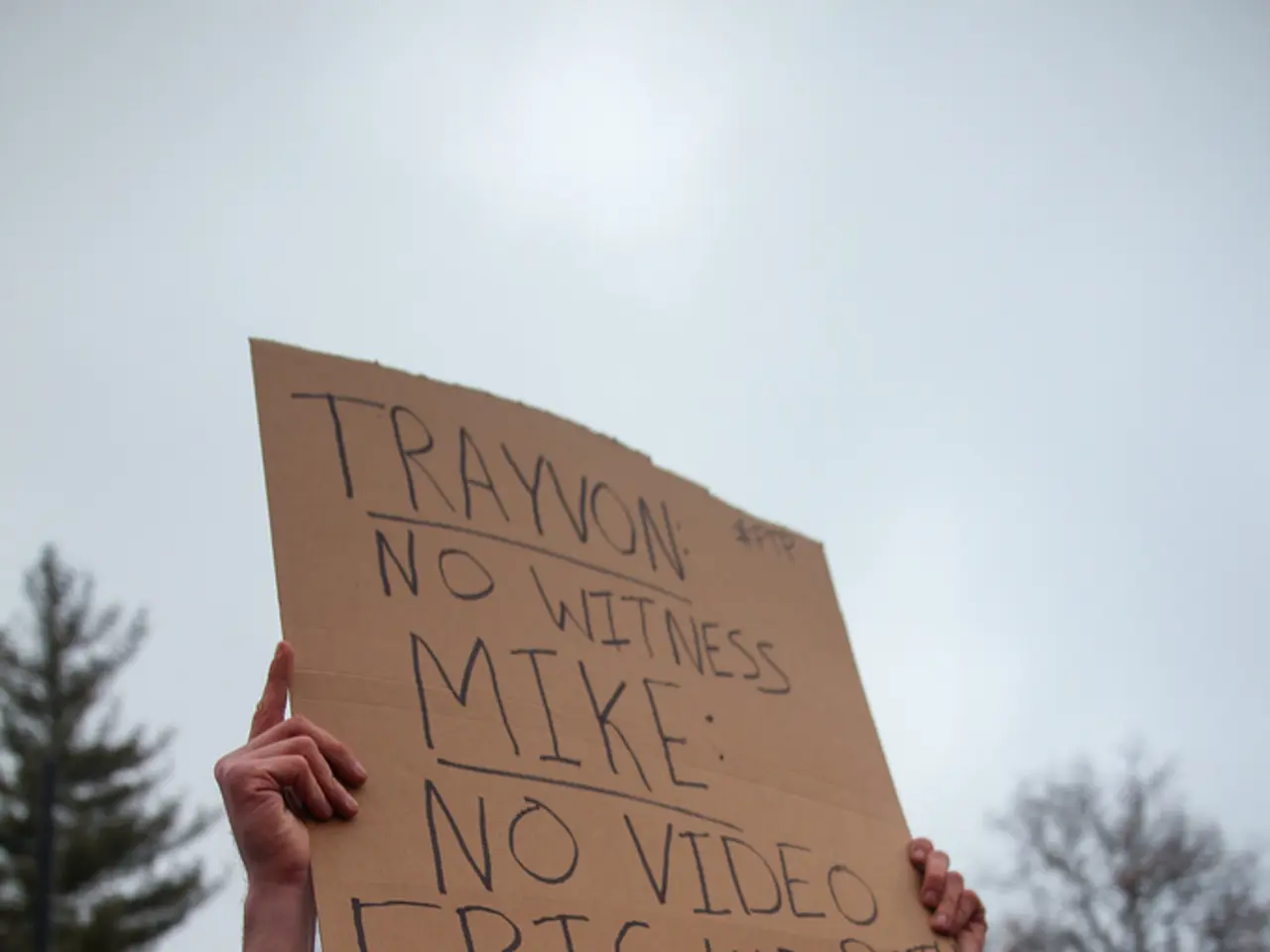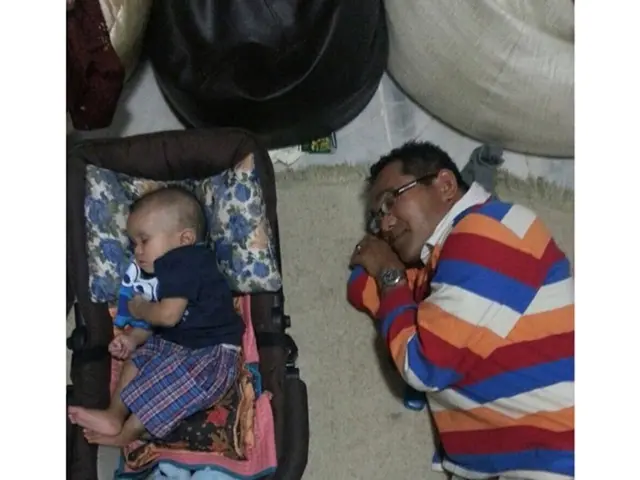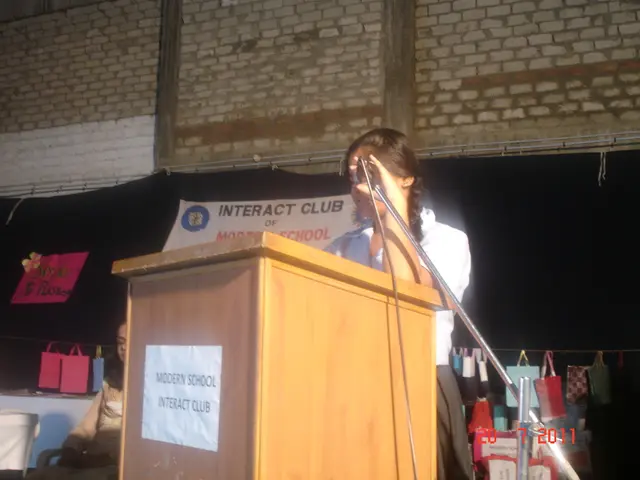Bolivia's Transition from Prosperity to Decline: Exploring the Lack of Bread, Fuel, and Currency
Bolivia is currently grappling with a severe economic crisis, marked by soaring inflation, shortages of essential goods, and a flourishing black market for U.S. dollars due to declining foreign currency reserves. This crisis, largely stemming from a collapse in natural gas production—the country's main dollar earner—has caused import costs to surge and public debt to reach 95% of GDP.
Key aspects of the current situation include high inflation and import cost spikes, a dollar shortage and black market, government fiscal challenges, and public dissatisfaction. Imported food and raw materials have tripled in price, straining businesses and consumers alike. Reduced gas export revenues have depleted dollar reserves, causing parallel markets and restricting imports. The government’s central bank has been monetizing fiscal deficits amid external pressures, and important funding laws remain stuck in the legislative assembly, limiting investment and economic recovery efforts. Economic hardship combined with long-standing governance issues is fueling political discontent and demands for change.
The August 2025 presidential and parliamentary elections are therefore highly consequential. The incumbent President Luis Arce has not sought reelection due to low approval ratings and political infighting. Voters appear poised to reject the socialist movement that governed Bolivia for two decades, marking a possible dramatic political shift toward more market-oriented policies.
Post-election potential changes include the implementation of "bitter reforms" such as phasing out fuel subsidies, fiscal consolidation, improved public investment efficiency, and increasing tax revenue, as recommended by the IMF for economic stabilization. Likely policy shifts to strengthen foreign investment and dollar reserves to ease shortages and inflation are also expected. The potential for new leadership to address corruption, restore confidence, and revive Bolivia’s natural gas industry and broader economy is also on the horizon.
Many Bolivians are hoping for a change in the economic model, which they believe has impoverished them. The government's inability to provide essential goods like bread and fuel has led to street protests over the past year. Opinion polls indicate that voters may punish the ruling MAS party for socialist policies, with annual inflation in Bolivia currently at 24.8 percent, the highest level since at least 2008.
Two election frontrunners, Samuel Doria Medina and Jorge Quiroga, have pledged to close loss-making public companies and cut fuel subsidies. The dollar has doubled in value against the local boliviano in less than a year, and the election of a new government could signal a shift away from the current economic model.
However, not all Bolivians are optimistic about the upcoming elections. Ligia Maldonado, a 70-year-old woman, has been unsuccessful in finding the "bread of the poor," a subsidized loaf known as the marraqueta. Even Carlos Tavera, a 70-year-old socialist activist, would vote for the best-placed opposition candidate, even if it means supporting a right-wing candidate, due to the dire economic situation.
In summary, Bolivia’s current economic turmoil—marked by inflation, shortages, and fiscal distress—is driving voters toward a political shift expected to bring tough economic reforms aimed at stabilizing the country in the aftermath of the August 2025 elections.
- The upcoming August 2025 elections in Bolivia are viewed as a significant turning point, as voters express dissatisfaction with the current socialist economic model, leading to a possible shift towards more market-oriented policies.
- In the wake of the elections, there is an anticipated implementation of tough reforms, such as phasing out fuel subsidies, fiscal consolidation, and increasing tax revenue, in an attempt to stabilize the economy and address the ongoing inflation and shortages.








